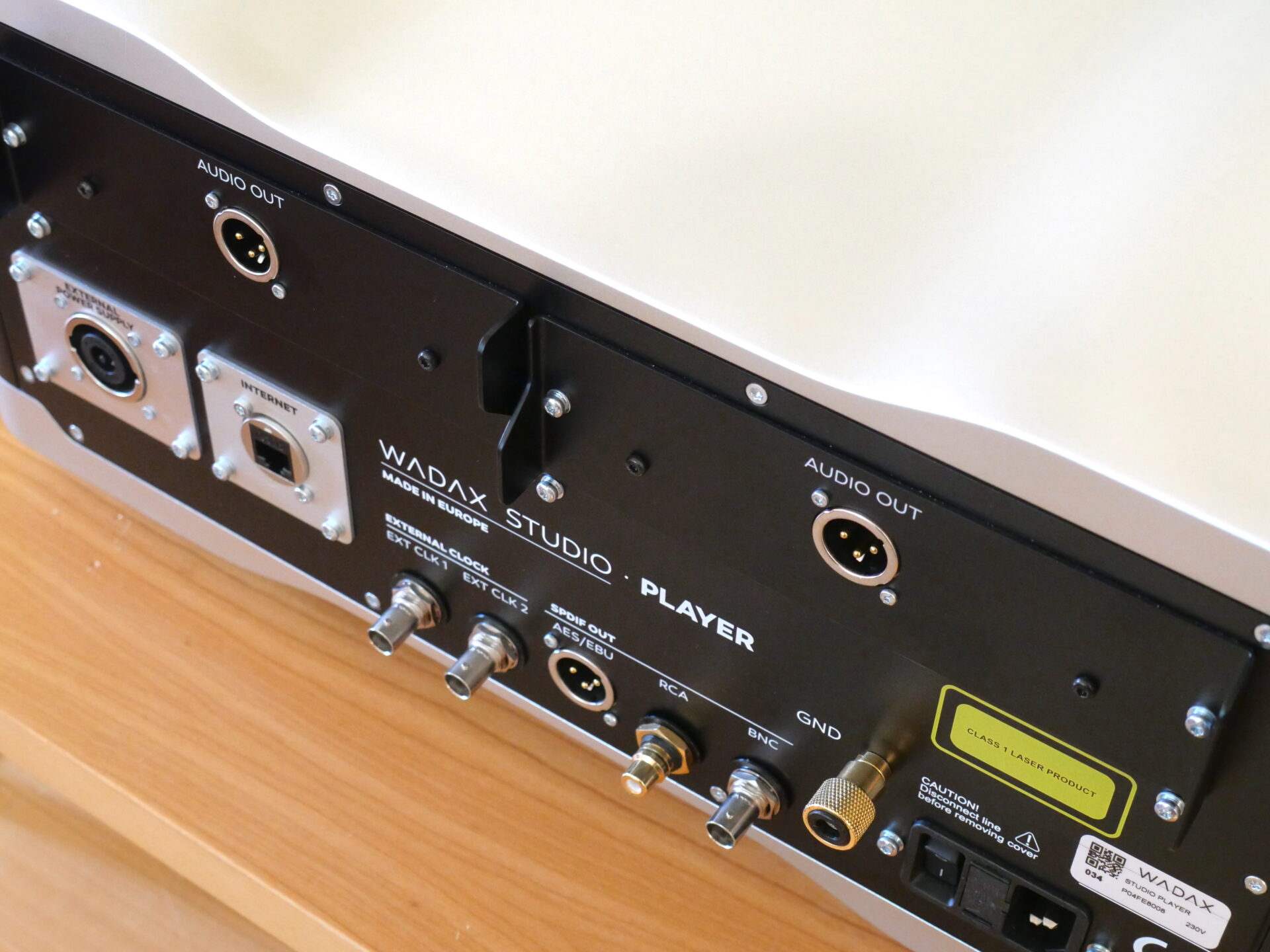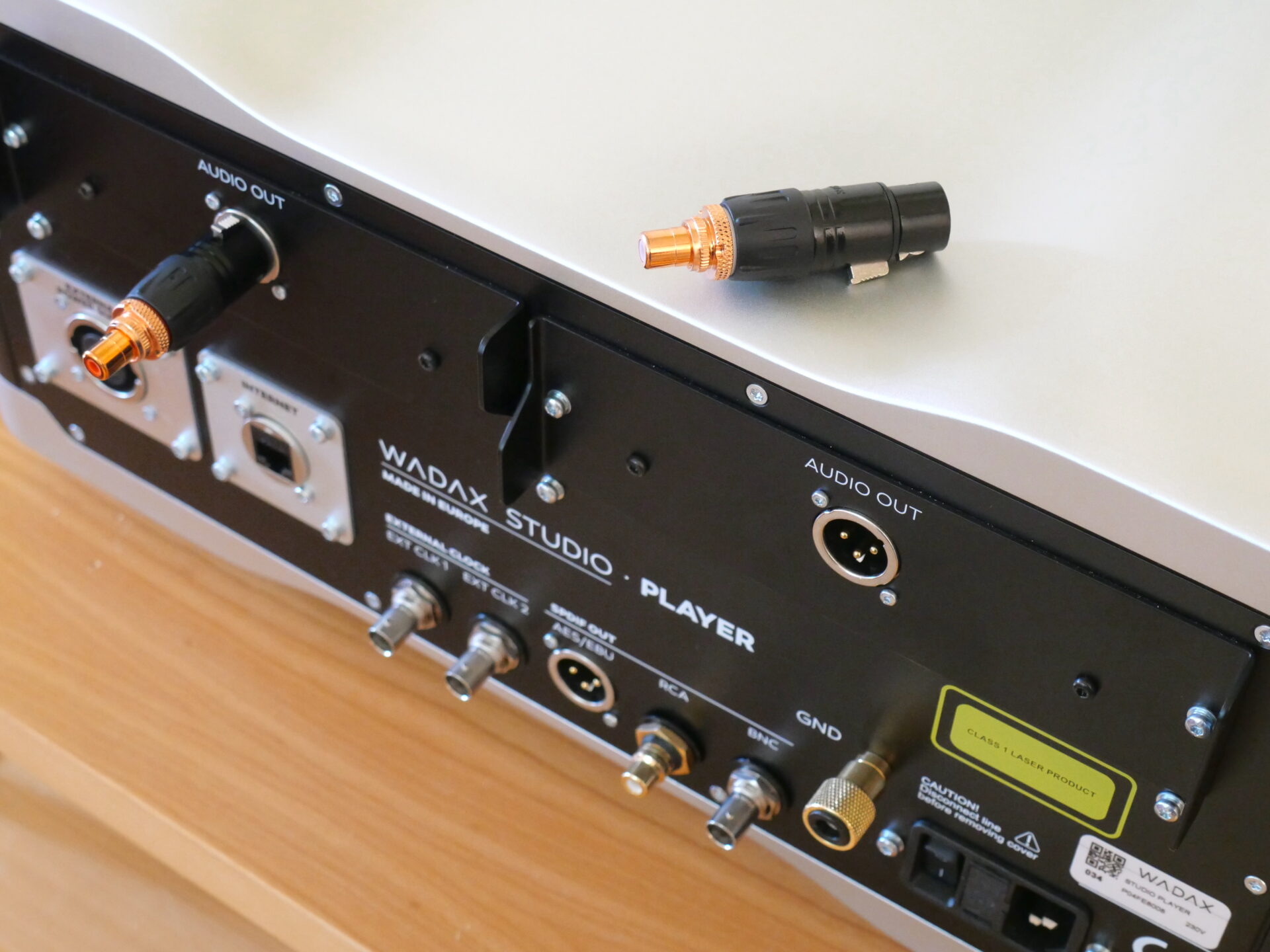Switch up the disc to Dave Alvin’s Black Jack David (Mobile Fidelity MFSL UDSACD 2007) with its multi-layered production and mix of upbeat and more measured pacing and the Wadax presses its advantage, putting more chest behind the vocals, more body to the instruments, a greater sense of overall pattern and order to the tracks and an easy rhythmic familiarity that allows the album to engage the listener on both a musical and emotional level. The D1.5 embellishes the textures, but the Wadax is more present, more purposeful and ultimately, a lot more fun. Other discs, be that CD or MQA-CD, rock, pop or jazz, classical or opera mirror exactly this relationship. It puts shape on the music that gives it a natural sense of rhythm and proportion, that lets it swell and breathe. The more music there is, the more that sense of shape and pattern matters. If you listen exclusively to classical sonatas or small-scale acoustic music, the D1.5 would be hard to beat. If you value transparency, texture and separation over body, energy and musical purpose, you might well prefer it. But even here, the Wadax makes a strong case on its own musical grounds and, once the financial and operational factors are figured in, that’s a mighty impressive performance.
Stepping away from comparative listening, the same shape and body that the Studio Player brings to piano and voice is a constant across all musical genres. The vibrant presence of Anastasia Kobekina’s cello is as tangible and immediate as the concentrated, driven energy of the augmented alt-country three-piece on Audible Sigh (Bill Malonee and The Vigilantes of Love, Compass Records 7 4295 2). There’s a seemingly unstoppable momentum to tracks like ‘Goes Without Saying’, just as there’s an irresistible urgency in Vladimir Kobekin’s Gallardo (Ellipses, Mirare MIR604).
That impressive spatial coherence and tonal density works wonders on large scale classical pieces. The episodic character of the Sibelius Lemminkäinen Suite (Osmo Vänskä and the Lahti S.O. BIS-1745 SACD) becomes positively cinematic in its scale and drama, contrasting light and shade. The layered complexity of the different, interlocking orchestral elements in the expansive score are held together by Vänskä’s unerring direction (and the Studio Player’s effortlessly natural sense of pattern, proportion and perspective. The whole creates a coherent acoustic space that steps away from the speakers and system, shifting mood, colour and atmosphere as the pieces develop, from the vibrant life and vitality of ‘The Maidens’ to the grace and beauty of ‘The Swan’, the darkly menacing underpinnings and threatening crescendos of ‘Tuonela’ to the increasingly jaunty relief of ‘The Return’. The Player’s grasp of overall shape and motion adds a narrative continuity and power to the music which Vänskä certainly generates live, but which seldom survives the transition to audio reproduction.
So, it should come as no surprise that the Studio Player’s easy grasp of the rhythmic and temporal domain, its unfettered dynamics and tonal density invest jazz with a life, impact and immediacy that bring a real sense of substance and presence to the performance. Play ‘Straight, No Chaser’ from the live Cannonball Adderley Quintet in San Francisco (OJC20 035-2) and the Adderley brothers’ horns just right, the reedy texture of the alto sax melding perfectly with its bell-mouth, contrasting beautifully with the crystal clarity of the cornet, both instruments with that bright, shiny sound that can cut straight through. But the thing that really grabs you is rhythm section, from the beautifully fat, fluid, pitch perfect and mobile bass, finding and settling firmly into its groove, to the deftly understated percussion and nicely judged piano, advancing one moment, supporting the next, taking the spotlight when it’s offered.



